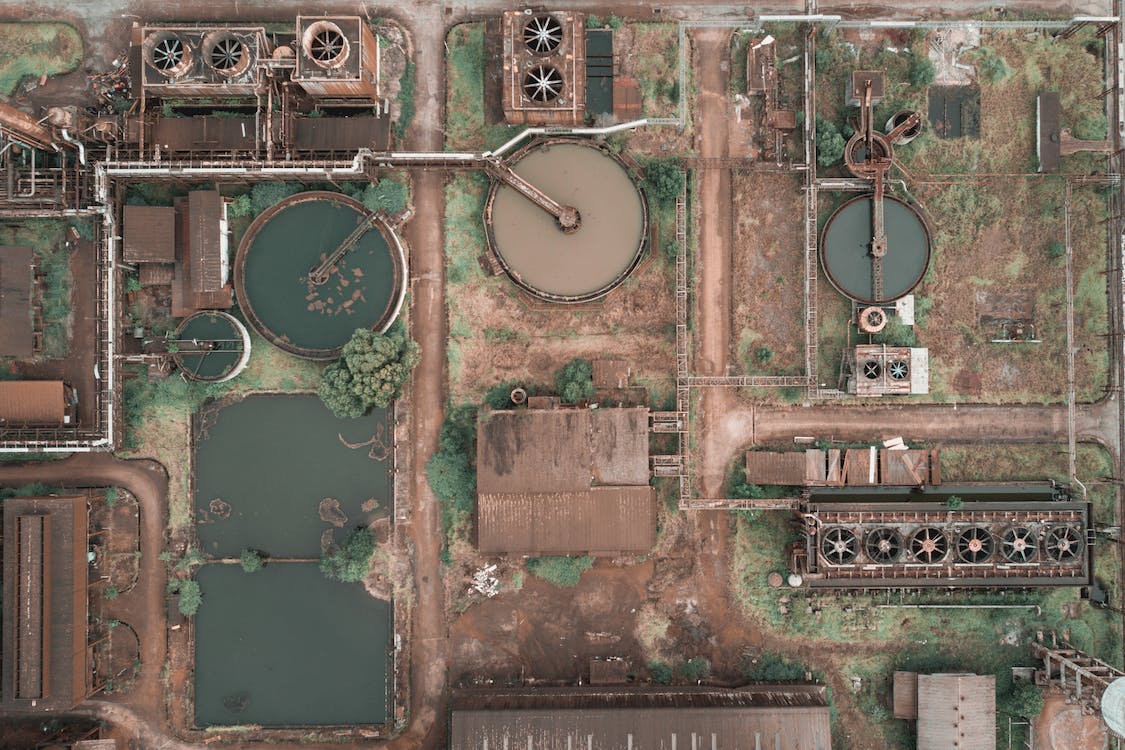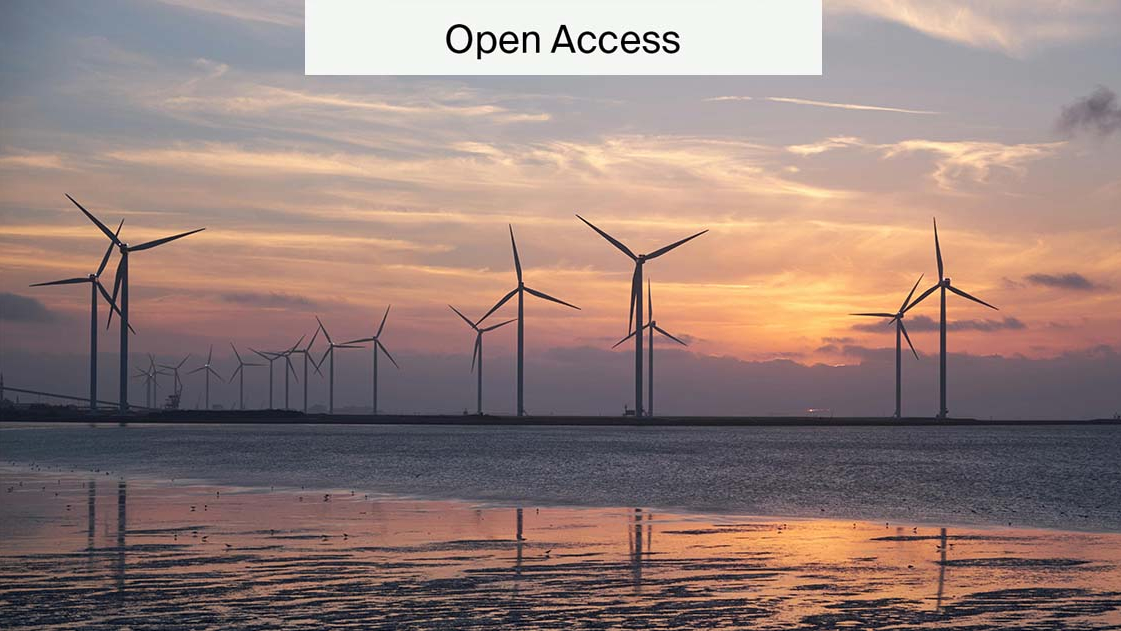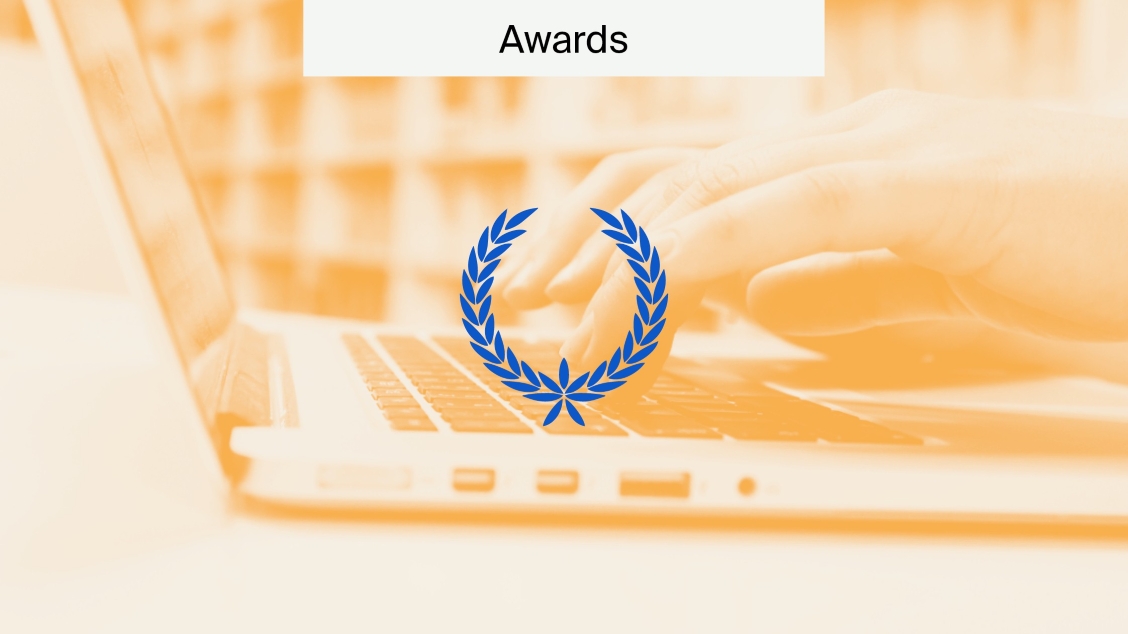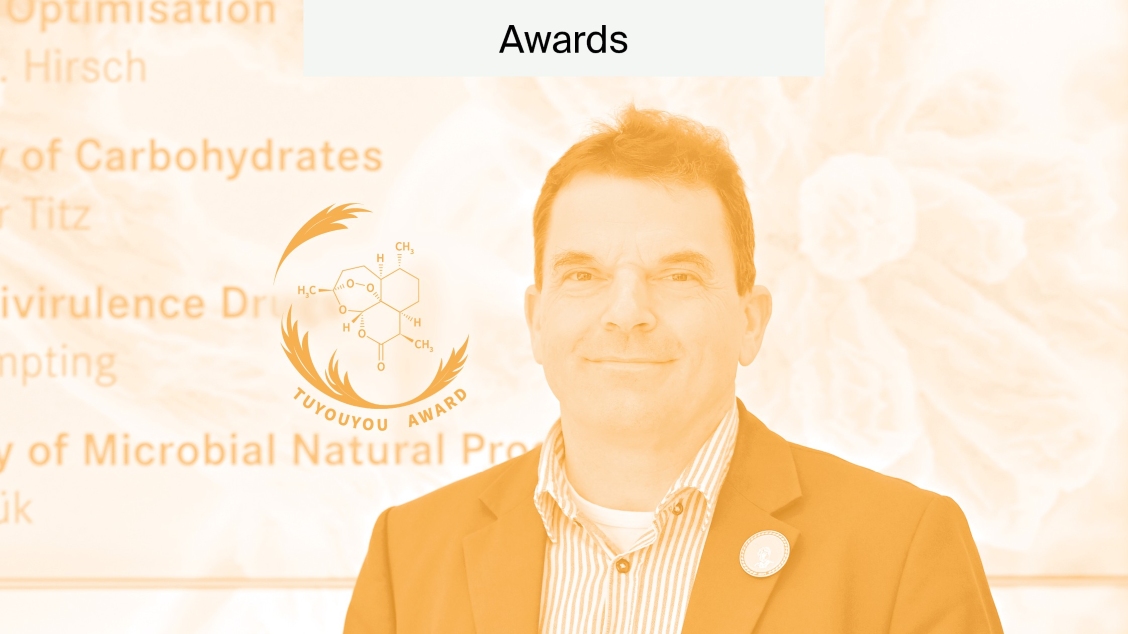
The Future of Wastewater Management
Water is used in almost every aspect of our lives.
Adults need to drink around 3 litres of water a day. A five-minute shower requires about 80 litres of water. 3,025 litres of water is consumed to produce just a single kilogram of olives. 2000 gallons of water is needed to make a pair of jeans. Farmers can require up to 155 litres of water per cow per day.
All of these individual examples of our freshwater needs amount to around 4 trillion m³ of freshwater used worldwide per year.
But, we’re quickly running out of this precious resource. Despite the fact that approximately 70% of the Earth’s surface is made up of water, freshwater makes up a small fraction of this–just 3%. Most of this is locked in glaciers or is groundwater.
To punctuate the point, the UN World Water Development Report 2023 warns of the ‘the imminent risk of a global water crisis’. Impacting between two and three billion people in the form of water shortages, the situation is projected to become more urgent in the coming years, with global water demand set to rise by 30% by 2050.
To avoid the crisis, water-resilient infrastructure and technologies are being more widely adopted. We should hopefully see policy approaches to water management follow suit, as opinions shift and greater financial feasibility is established.
Here, we’ll be identifying the largest consumers of freshwater and the steps that can and are being taken to make these industries more resilient to water shortages. We’ll also explore research that considers how human–nature relationships can influence approaches to water management.
Wastewater management and Sustainable Development Goal 6
Sustainable Development Goal 6 (SDG 6) concerns water management, availability and use and integrated water resource management, to name a few of its subtopics. Integrated water resource management is defined here as a process promoting the coordinated development and management of water and related resources. It is an alternative to the more fragmented approaches taken in different sectors.
Coordination can help to formulate policies that take into account all aspects of water management. It is key to implementing processes and workflows that promote economic and social welfare equitably while ensuring the sustainability of vital ecosystems remains uncompromised. International efforts are key to such a change.
The benefits of managing water resources are best communicated in Sustainable Development Goal 6.3, which outlines the aim to “improve water quality by reducing pollution, eliminating dumping and minimizing release of hazardous chemicals and materials, halving the proportion of untreated wastewater and substantially increasing recycling and safe reuse globally”.
Finding new ways of managing our water supplies will help to build resilience overall and respond to resource limitations more generally, in line with SDG 6. Solutions like desalination (separating salt from water) and wastewater reuse might be the answer to greater robustness within the water cycle. While both methods will likely need to be adopted to meet future water demands, the latter is the most widely adopted method for establishing effective wastewater management today.
Sophisticated, environmentally friendly techniques that promote a circular economy in water frameworks, such as membrane bioreactors, are one of the reasons for the wider adoption of wastewater recycling practices. They ensure that water is purified following contamination. Innovations like this make wastewater reuse less resource-intensive and more environmentally friendly and cost-efficient when compared with desalination.
Wastewater: an underexploited resource
Wastewater is water that has become contaminated through use in industrial, domestic and commercial contexts. Recycling wastewater ensures that the wastewater produced in these processes can be reused once treated rather than being lost or released back into the natural environment.
With only 2% of treated water actually being reused, it’s clear that one of the issues of water scarcity lies in the absence of a reuse framework across a number of sectors.
Where does it come from?
Wastewater is produced in lots of different ways, but mainly in three key areas: agriculture, sewage, and industrial processes like power production and textiles.
Agriculture
In agriculture, water is used to sustain livestock and tend crops. Wastewater management is especially important here as agriculture accounts for 70% of freshwater use worldwide. Although this varies significantly from country to country, this massive statistic makes this sector the largest consumer of water by far.
As noted by the OECD, the increase in extreme weather events alongside competition for water resources will also affect agricultural water needs. An approach that begins to prioritize the resource potential of used water as a resource rather than as a waste product is needed all the more in such a context.
Encouragingly, this is a sector in which wastewater reuse has proved possible, and relatively easy, for centuries. For example, the ancient Greeks reused wastewater from sewage systems to water crops. This practice is reflected in today’s ‘sewage farms’, where wastewater effluent is still commonly used for the irrigation of crops—especially useful in arid regions. Reuse in agriculture also reduces the amount of waste being pumped into natural water systems—another key aim of SDG 6.3.
Industrial Processes
In industrial processes, water is used to create products or to cool manufacturing equipment. Some of the biggest consumers are textiles, pharmaceuticals and petrochemicals.
Sewage
Sewage is a subtype of wastewater. Careful treatment and disposal practices are necessary to ensure that suspended solids do not contaminate the water supply or pollute the natural environment.
Inefficiencies and potentially inadequate regulatory practices have been reported and garnered more attention in recent years.
The increased attention has led to a greater awareness and demand for wastewater management to be better funded, supported and monitored to reduce pollution in the natural environment. And, positively, more sustainable practices are being implemented in wastewater treatment plants today due to this recognition.
Cleaner, more efficient sewage treatment methods are critical to achieving SDG6, as sanitary water management practices are critical to protecting health and sustainability.
A note on unsustainable overuse
A pattern of unsustainably over-using water has been identified—and the extent of it is clear in the data.
30–50% of food, for example, is wasted. And 550bn cubic metres of water is wasted in growing the crops that never reach consumers. There are a myriad of reasons for this waste, though much of it can be related back to sociocultural and economic approaches to waste.
Fast fashion is responsible for using water in huge quantities too. As noted, making a pair of jeans consumes a humongous 2000 gallons of water. When we put this into the context of fast fashion, that’s a lot of water for clothing items that aren’t often kept for very long.
The problem of overproduction is abundantly clear across the board, not just in terms of water.
By making an active effort to better dispose of our items, or repurpose them in creative ways, we can promote a more responsible approach to consumption. It is also important to note that policy direction that can discourage overproduction in industries is key to instigating a change in integrated water resources management policies, and holding industries accountable to it.
Changing approach
Prioritizing wastewater recovery would mean treated wastewater could be directed to different, beneficial uses rather than being released back into the environment. The approach both increases climate resilience and minimizes our negative impact on the natural environment.
Today, wastewater treatment facilities are making more of an effort to implement approaches that put wastewater to use in other industries. As well as making sense economically and environmentally, a proactive approach is even more important as the public become more concerned with protecting the natural environment and vital, limited resources.
Utilising byproducts
The main resource that can be recovered from wastewater is, of course, water. And in the context of water scarcity, there is plenty of incentive to move towards a recovery approach.
Another resource that will become scarce within the next 50 to 100 years is phosphorous. It is widely used in fertilizers, detergents and even steel. It’s also found alongside nitrogen in sewage sludge—making resource recovery all the more important. Current recovery techniques can extract up to 90% of the phosphorous in wastewater.
Energy recovery
Many of the most water-intensive industries are also responsible for huge carbon emissions. Luckily, new research shows that both of these problems can be tackled at once.
Wastewater holds considerable amounts of thermal energy once discharged into sewerages. The heat stored in wastewater can be recovered using heat exchangers and heat pumps—producing enough energy to power surrounding communities rather than water facilities alone.
Leveraging technologies such as these helps to create a more connected and resource-efficient set of practices in waste management approaches. It also helps in the management of other environmental issues like carbon capture and emissions reduction.
Redefining human–nature relationships
Additionally, creating a deeper and more rooted understanding of water as a natural resource that we share in the wider ecosystem can help to support policy development.
In a paper published in Water, the author focuses on the dynamics of human–nature relationships to review current water management practices and proposes a novel “dialectical approach”. A dialectical approach is one that helps to work through multiple, often conflicting factors or ideas. The approach helps to think relationally about the need for water and the negative impact of achieving this need on the environment. Importantly, this framing prioritizes ways of “harmonizing water-related human activities with nature” while acknowledging that our water-related needs inherently affect and take from the environment.
By balancing the two, potentially contradictory realities, we can become both more climate resilient and harmonious with the limited natural resources available to us, or, as the author puts it, we can become better positioned to achieve the “objectives for harmonizing Humans with Natural laws”.
Our common future
As noted by the UNESCO director general Audrey Azoulay, “Water is our common future and it is essential to act together” for a sustainable future.
To meet SDG 6 and ensure we’re as water resilient as we can be, reducing waste, curbing overproduction and implementing new technologies to recycle water are key. All of these actions require cooperation.
Importantly, cooperation is made possible by greater access to information and research. This is at the heart of Open Access publishing. By making research Open Access, MDPI journals guarantee unencumbered access to leading research for all.
You can see the research published in MDPI’s journal Water for more information on the topics discussed in this article.











This insightful article highlights the urgency of sustainable wastewater management aligned with SDG 6. Companies like Euroteck India support this mission through advanced, eco-friendly treatment technologies.
Hi,
Thanks for taking the time to read our article and leaving this comment.
All the best.
Great article highlighting the urgent need for improved wastewater management to tackle the global water crisis. The focus on wastewater reuse, resource recovery, and innovative technologies like membrane bioreactors and energy recovery is key to conserving water and reducing pollution. The emphasis on cooperation and balancing human water needs with environmental sustainability is crucial for a resilient future and achieving SDG 6.
Thank you for taking the time to read the article and leaving this comment. We do not accept links in our comments, so we removed yours; I hope this is okay.
All the best.
This article bangs, promote this writer
All the water undergone waste water treatment may not be able to reuse but became safer to discharge into the natural resources which makes them alive and helps to increase the natural water bed level which in turn helps to reduce the water scarcity problems